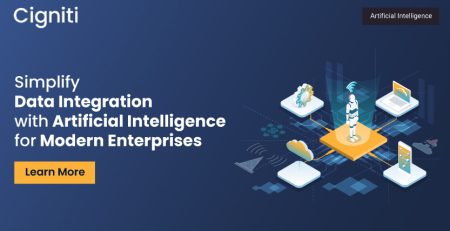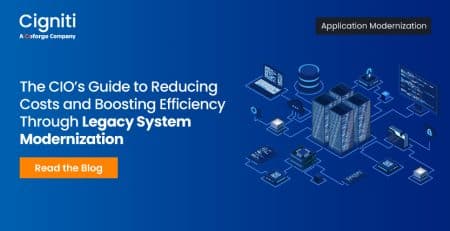6 Ways a Great User Experience Design Can Enhance Product Life Cycle
In today’s market, where customers have numerous options, a superior user experience can differentiate a business from its competitors. A well-designed product or service that is easy to use, visually appealing, and meets user needs can attract and retain customers, giving the business a competitive edge.
User Experience (UX) design optimizes the user journey, removes friction, and guides users toward desired actions. By creating intuitive and seamless experiences, businesses can increase conversion rates, such as purchases, sign-ups, and subscriptions. Additionally, a well-designed user experience keeps users engaged and encourages them to interact more with the product or service.
UX design ensures that products and services are designed with a deep understanding of user needs, behaviors, and preferences. By placing the customer at the center of the design process, businesses can create solutions that truly resonate with their target audience, leading to higher customer satisfaction and loyalty.
In a study by McKinsey, companies that excel in UX design outperformed their industry peers by 32% in revenue growth.
Why UX Design Important in Product Life Cycle
UX design places the user at the center of the design process. By understanding user needs, goals, and preferences, designers can create products that meet user expectations and deliver a positive experience. A user-centered approach ensures the product is relevant and valuable to its intended audience.
UX design involves user research and analysis, which helps identify user needs and pain points early in the product life cycle. By gaining insights into user behavior and preferences, designers can make informed design decisions and create solutions that effectively address user requirements. This reduces the risk of developing products that do not meet user expectations.
UX design encourages iterative design and continuous improvement throughout the product life cycle. By gathering user feedback, conducting usability testing, and analyzing metrics, designers can identify areas for enhancement and refine the product accordingly. This iterative approach ensures that the product evolves based on user needs and remains relevant in a dynamic market.
How UX Design Can Enhance Product Life Cycle
UX design plays a crucial role in enhancing the product life cycle by focusing on creating meaningful and enjoyable experiences for users throughout their interactions with a product or service. By incorporating UX design principles at each stage of the product life cycle, you can improve customer satisfaction, increase user engagement, and drive long-term success. Here’s how six ways UX design can enhance the different phases of the product life cycle:
1. Research and Analysis
During this phase, UX designers conduct user research and gather insights to understand user needs, goals, and pain points. By empathizing with users, designers can identify opportunities for improvement and design solutions that meet user expectations and preferences. User research methods such as interviews, surveys, and usability testing help uncover valuable insights that shape the product’s design and development.
2. Conceptualization and Ideation
UX designers use the insights gained from research to generate ideas and concepts for the product. This phase involves brainstorming, sketching, and prototyping to explore various design possibilities. By involving users in the ideation process through co-creation sessions or design workshops, designers can gain valuable feedback and ensure that the product aligns with user needs and desires.
3. Design and Development
During this phase, UX designers collaborate closely with developers and other stakeholders to translate the conceptual designs into functional interfaces. They create wireframes, interactive prototypes, and design specifications that guide development. By applying UX design principles such as simplicity, consistency, and accessibility, designers ensure that the product is intuitive, easy to use, and aesthetically pleasing.
4. Testing and Iteration
Usability testing is a vital part of the UX design process. By observing users interacting with the product, designers can identify usability issues, gather feedback, and validate design decisions. Testing helps uncover potential problems early on, allowing for iterative improvements and reducing the risk of costly rework later in the product life cycle.
5. Launch and Deployment
UX designers contribute to a successful product launch by ensuring a seamless user experience. They work closely with development teams to ensure the design is implemented correctly and that the product meets the intended user experience. By conducting user acceptance testing and gathering feedback during the initial release, designers can identify areas for improvement and make necessary adjustments.
6. Post-Launch Evaluation and Optimization
After the product launch, UX designers continue to gather user feedback and data to assess the product’s performance and identify areas for enhancement. They analyze user metrics, conduct user surveys, and monitor user feedback channels to gain insights into user satisfaction and engagement. This feedback informs ongoing design iterations and helps optimize the product over time.
By incorporating UX design principles throughout the product life cycle, you can create products that meet user needs, exceed expectations, and foster long-term user engagement. UX design ensures that the product is user-centered, intuitive, and continuously improved based on user feedback, resulting in enhanced customer satisfaction and increased product success.
At Cigniti, our UX design service encourages a user-centered approach, which involves understanding users’ goals, behaviors, and motivations. By gaining deep insights into users’ needs and pain points, our UX designers can identify innovative solutions that meet those needs and differentiate the product from competitors. Our UX design service can catalyze innovation and create innovative products and services.
Visit Cigniti Experience Engineering Services to know more.





Leave a Reply